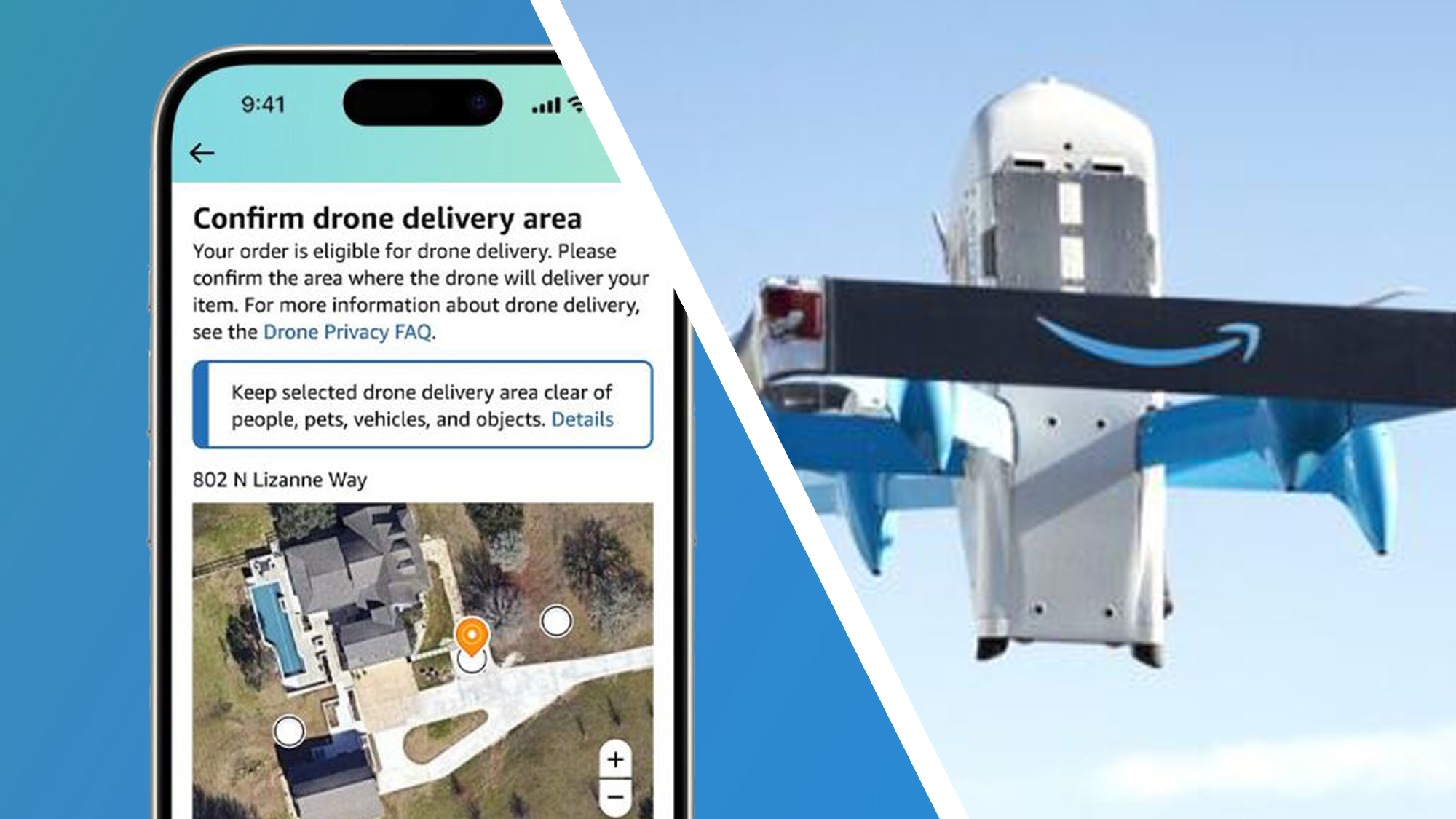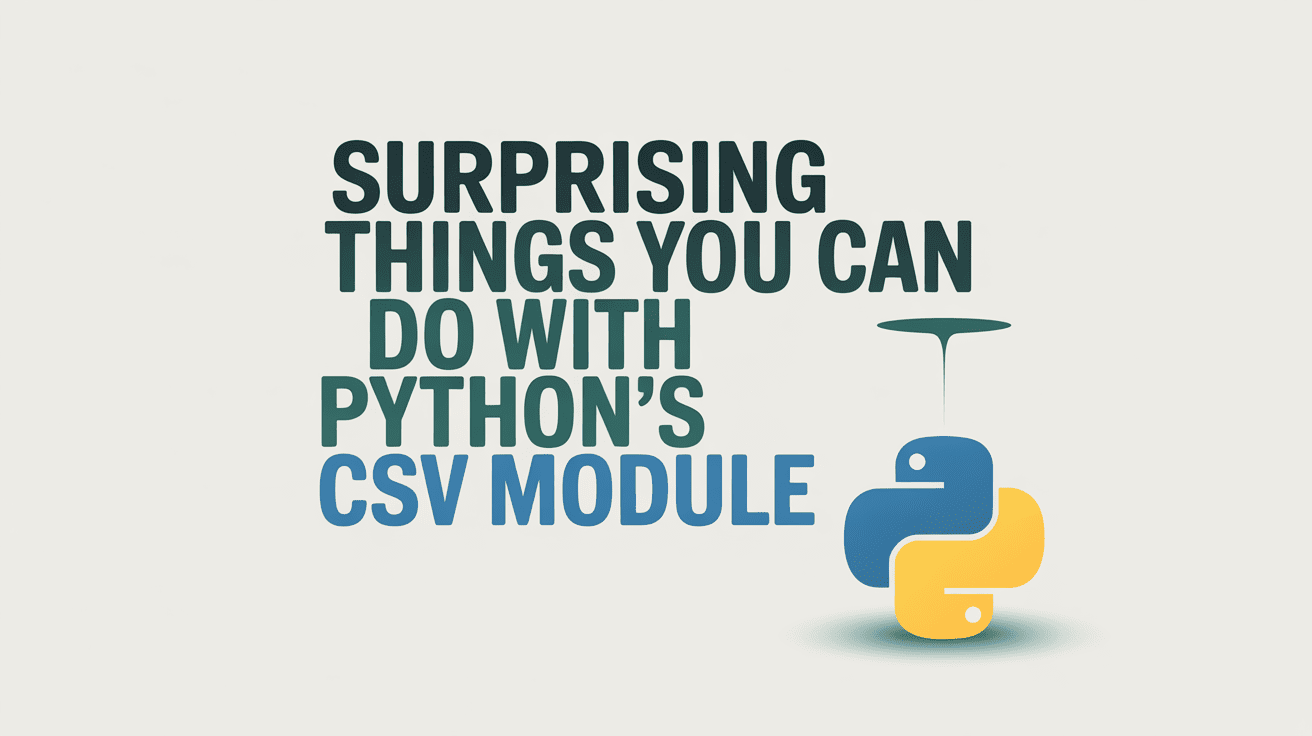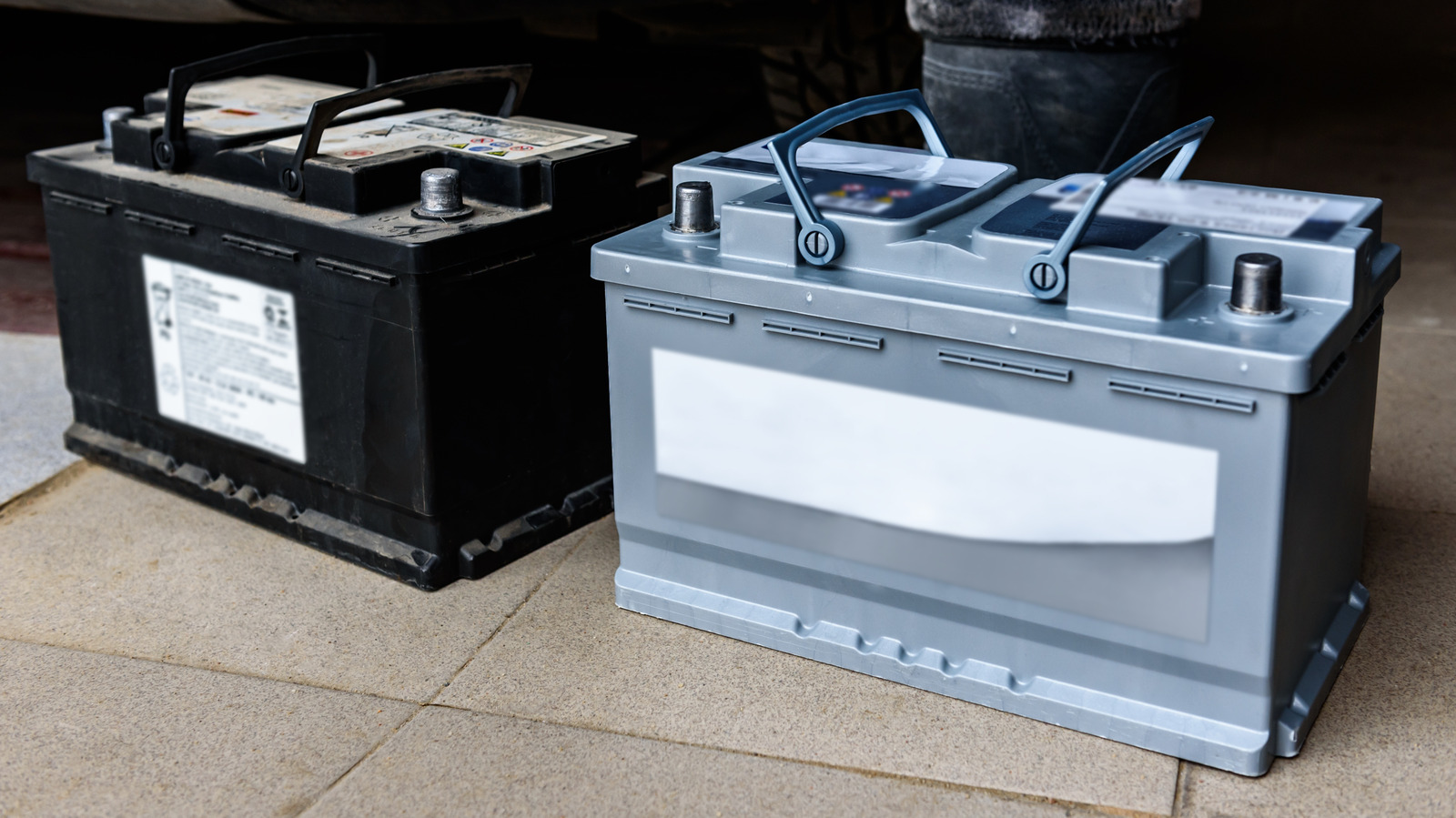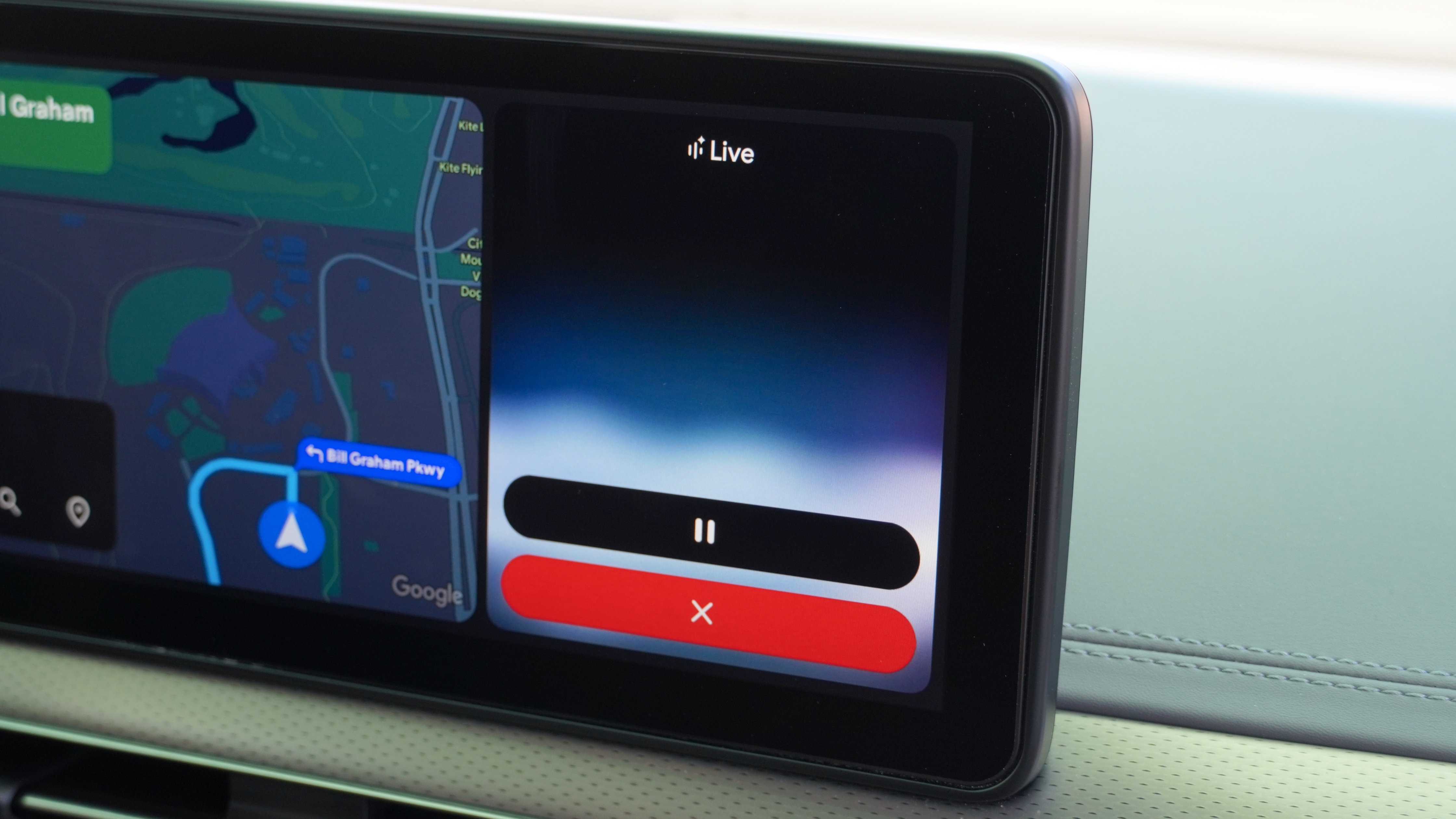The Rs. 1 Crore Question: Why So Few Achieve It?
Most people dream of ₹1 crore but never build the habits to get there. Follow this proven blueprint to start investing smarter—your future self will thank you.


Despite the rise of financial literacy and digital investing tools, the dream of reaching ₹1 crore remains out of reach for most Indians. But it’s not due to a lack of income—it’s usually a result of poor planning, emotional spending, and delayed action. Here's a structured, data-backed blueprint to help you fast-track your journey to ₹1 crore in 2025.
Step 1: Secure the Basics—Insurance and Emergency Funds
Before building wealth, build protection. Life is unpredictable, and without a safety net, one emergency can undo years of savings.
A recent personal example highlights this clearly: a sudden fall led to a hospital admission and a ₹3.5 lakh surgery. Fortunately, health insurance covered the cost. But what if it hadn't?
Medical emergencies aren’t a matter of if, but when. Having health insurance and a contingency fund isn't a luxury—it's a necessity.
Your action plan:
- Buy comprehensive health insurance for yourself and your family.
- Build an emergency fund that covers at least 6 months of expenses.
- (Example: If your monthly expenses are ₹30,000, aim for ₹1.8 lakh in emergency savings.)
Step 2: Don’t Just Start Investing—Scale It
Starting your investment journey with ₹500 a month is commendable. But staying there for five years? That’s stagnation, not growth.
The power of compounding only kicks in when your investments grow consistently. Consider this:
- A ₹20,000 monthly SIP at 10% annual returns will take approximately 16 years to cross ₹1 crore.
- But if you gradually increase your SIP by even 10% each year, you can reach your goal years earlier.
The key is consistency and escalation.
As your income increases, your investments should too.
Pro tip: Automate your investments. Deduct a fixed percentage of your income (say, 10%) the moment your salary comes in. Then spend from what remains—not the other way around.
Step 3: Beware of Lifestyle Inflation
Got a raise? Great. But if your expenses grow faster than your income, you’re in trouble.
This phenomenon—known as lifestyle inflation—is why many people feel broke despite high salaries. More income leads to more spending: new clothes, weekend getaways, and a car upgrade. Soon, there’s nothing left to invest.
Break the cycle:
- Allocate income into three buckets:
- Investments
- Essential expenses
- A guilt-free fund for leisure spending
When structured right, you can enjoy your income today without sabotaging your financial future.
Step 4: Eliminate Debt Before It Eliminates Your Growth
Debt is the silent killer of wealth creation. High-interest loans—especially credit cards and personal loans—can nullify investment gains.
Let’s say you’re earning 10–12% annually on a mutual fund. That’s great. But if you have a credit card debt charging 36–48% interest, you're actually losing money overall.
What to do:
- List all your debts by interest rate.
- Pay off the highest-interest ones first.
- Only start investing once your debt burden is under control.
Avoid buy-now-pay-later (BNPL) traps. They look harmless, but often snowball into costly financial mistakes.
Step 5: Follow the DBL Framework—Don’t Be Lazy
This is where most people fail—not because they lack knowledge, but because they don’t take action.
Consider this analogy: You want to learn guitar. You buy it, plan your practice schedule, and even hire a teacher. But if you never show up for class, what’s the point?
Investing is the same. You can read books, watch videos, attend webinars—but if you don’t automate, track, and regularly invest, you won’t see results.
The DBL framework—Don’t Be Lazy—urges action.
- Build your blueprint.
- Execute month after month.
- Review and adjust annually.
- Eliminate excuses.
This final step is often the difference between those who dream and those who achieve.
You don’t need a finance degree to follow this blueprint. You just need discipline, a bit of planning, and the will to start.
The ₹1 crore milestone isn’t impossible. But it won’t happen by accident.
Edited by Rahul Bansal

















































































































































































![[The AI Show Episode 148]: Microsoft’s Quiet AI Layoffs, US Copyright Office’s Bombshell AI Guidance, 2025 State of Marketing AI Report, and OpenAI Codex](https://www.marketingaiinstitute.com/hubfs/ep%20148%20cover%20%281%29.png)


![[The AI Show Episode 146]: Rise of “AI-First” Companies, AI Job Disruption, GPT-4o Update Gets Rolled Back, How Big Consulting Firms Use AI, and Meta AI App](https://www.marketingaiinstitute.com/hubfs/ep%20146%20cover.png)












































































































































































.jpg?width=1920&height=1920&fit=bounds&quality=70&format=jpg&auto=webp#)



































































.jpg?width=1920&height=1920&fit=bounds&quality=70&format=jpg&auto=webp#)





















_Alan_Wilson_Alamy.jpg?width=1280&auto=webp&quality=80&disable=upscale#)
_pichetw_Alamy.jpg?width=1280&auto=webp&quality=80&disable=upscale#)














































































































![Apple Leads Global Wireless Earbuds Market in Q1 2025 [Chart]](https://www.iclarified.com/images/news/97394/97394/97394-640.jpg)

![OpenAI Acquires Jony Ive's 'io' to Build Next-Gen AI Devices [Video]](https://www.iclarified.com/images/news/97399/97399/97399-640.jpg)
![Apple Shares Teaser for 'Chief of War' Starring Jason Momoa [Video]](https://www.iclarified.com/images/news/97400/97400/97400-640.jpg)






































































![[Weekly funding roundup May 10-16] Large deals remain a no-show](https://images.yourstory.com/cs/2/220356402d6d11e9aa979329348d4c3e/Weekly-funding-1741961216560.jpg)

